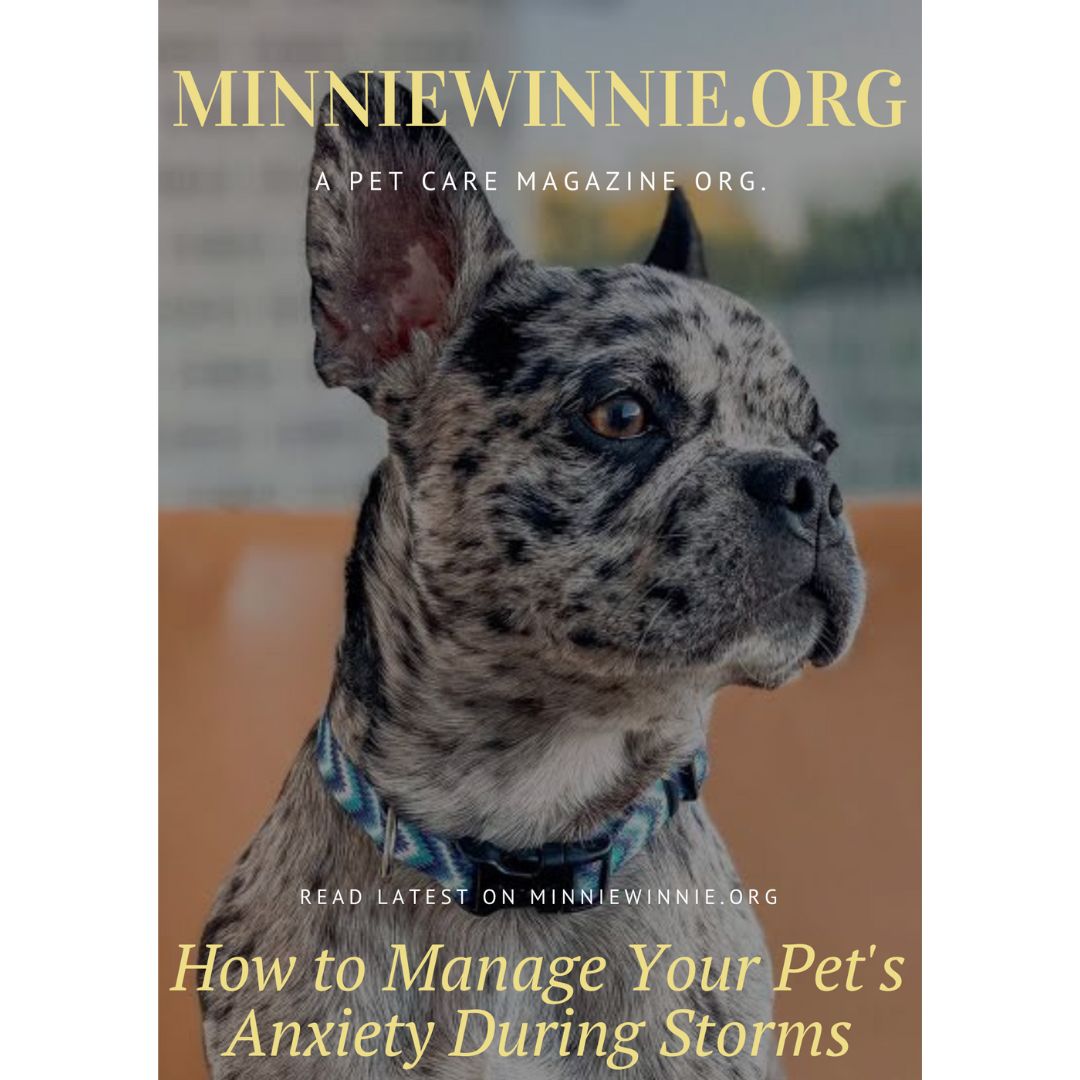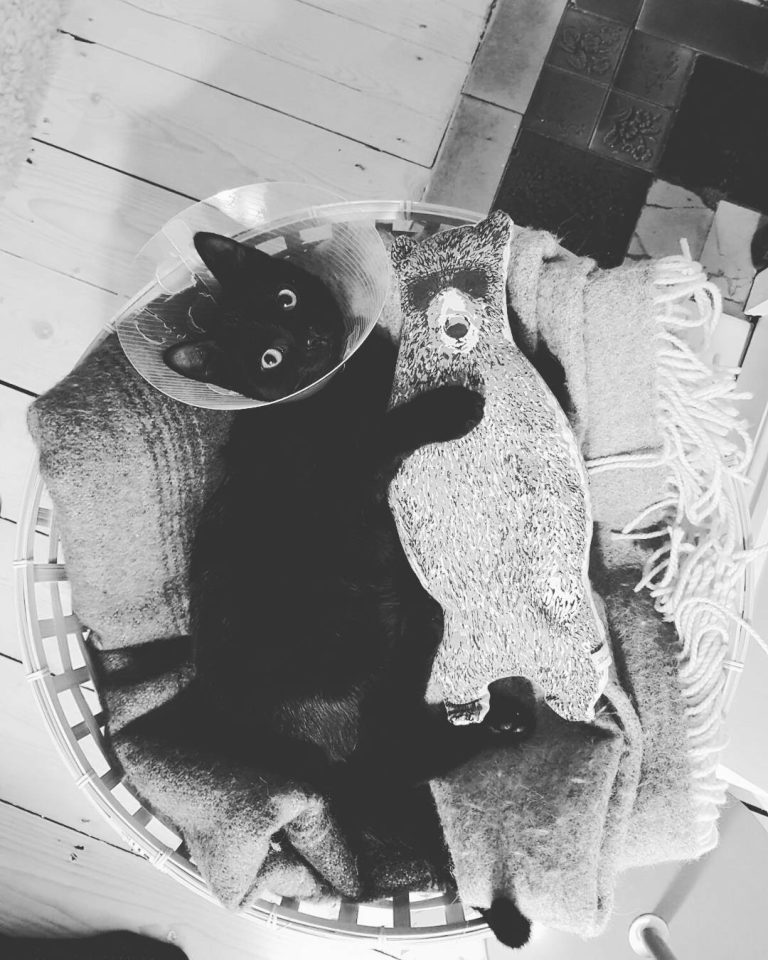How to Manage Your Pet’s Anxiety During Storms
Storms can be a terrifying experience for many pets. The loud noises, flashing lights, and sudden changes in the atmosphere can cause them a great deal of anxiety. It’s heartbreaking to see your pet so frightened, but there are several ways to help them feel safe and calm during storms. Here are some effective strategies for managing your pet’s anxiety during such stressful times:
1. Create a Safe and Quiet Space
One of the most effective ways to reduce your pet’s anxiety is to provide them with a quiet, safe space where they can retreat during a storm. This could be a crate, a small room with soft bedding, or an area where they feel secure and away from the noise. Ensure that the space is comfortable, with familiar items such as their favorite blanket or toy, which can offer a sense of security.
2. Use Calming Music or White Noise
Drown out the sounds of the storm by playing calming music or white noise. Specially designed music for pets is available and can have a soothing effect on anxious animals. If your pet is particularly sensitive to noise, try playing a fan, an air conditioner, or a white noise machine in their safe space to help mask the storm sounds.
3. Provide Comforting Presence
If your pet is especially anxious, your presence can be a great source of comfort. Sit with your pet during the storm, offering gentle petting, reassurance, and calm words. However, be careful not to inadvertently reinforce their fearful behavior by overly comforting them. Instead, try to maintain a calm demeanor and avoid reacting to the storm yourself. Your pet will take cues from your behavior, so staying calm will help them feel more secure.
4. Try Anxiety-Relief Products
There are several products available that can help reduce pet anxiety during storms. Some popular options include:
- Thundershirts: These are specially designed vests that apply gentle pressure to your pet’s body, which can help reduce anxiety and create a feeling of security.
- Calming Collars: These collars release soothing pheromones that can help calm anxious pets.
- Calming Treats and Supplements: Natural supplements such as CBD oil, valerian root, or melatonin can help calm your pet. Be sure to consult your veterinarian before trying any supplements.
5. Desensitize Your Pet to Storm Sounds
If your pet experiences frequent anxiety during storms, you can try desensitizing them to the sounds of thunder. Use recordings of thunder and storms at a low volume while engaging your pet in positive activities such as play or feeding. Gradually increase the volume over time as your pet becomes more accustomed to the sounds, helping them learn that storms are not a source of fear.
6. Exercise Before the Storm
Exercise can help reduce anxiety by burning off excess energy, making it easier for your pet to relax. If you know a storm is coming, try to take your pet for a walk or engage in a play session before the storm hits. A tired pet is less likely to experience high anxiety, as they will be more focused on resting.
7. Distraction Techniques
If your pet is particularly anxious, distracting them with interactive toys or activities can help take their mind off the storm. Puzzle feeders, chew toys, or even a favorite game can provide enough distraction to help them remain calm during the storm. Engaging your pet in activities they enjoy can reduce the intensity of their anxiety.
8. Maintain a Routine
Pets thrive on routine, and a consistent schedule can help reduce stress. Try to maintain your pet’s normal routine as much as possible during stormy weather, especially when it comes to feeding and bedtime. Keeping things predictable can help your pet feel secure and reduce their anxiety levels.
9. Use a Calming Scent
Some pets respond well to calming scents like lavender or chamomile, which have natural relaxing properties. You can use pet-safe diffusers or sprays to introduce these scents into your pet’s environment. Ensure the products you use are safe for animals, as some essential oils can be toxic to pets if used improperly.
10. Consult Your Veterinarian
If your pet’s anxiety is severe or you’ve tried various methods without success, it may be worth consulting your veterinarian. Your vet may recommend prescription medications or other treatments to help alleviate your pet’s anxiety during storms. In some cases, behavioral therapy or anxiety-reducing techniques may also be suggested.
11. Consider Professional Training
For pets with extreme anxiety, professional training can be an effective long-term solution. A certified pet behaviorist can work with you and your pet to address fear-based behaviors and help you implement a plan to manage storm anxiety.
12. Avoid Punishment
Never punish your pet for being scared during a storm. Fear is an instinctual response, and punishment will only make the situation worse by increasing their anxiety and fear. Instead, focus on reinforcing calm behavior and providing reassurance in a non-judgmental way.
Conclusion
Managing your pet’s anxiety during storms requires patience, understanding, and a combination of techniques that work best for your pet. By providing a safe space, using calming products, offering reassurance, and considering professional help if necessary, you can help your pet navigate stormy weather with less fear and stress. Remember, the goal is to create an environment where your pet feels secure, loved, and protected, no matter what’s happening outside.










